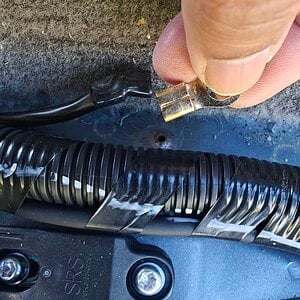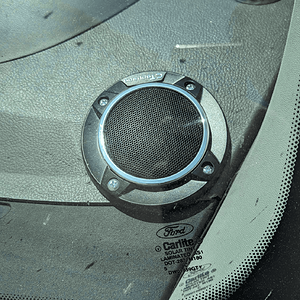jco1385 5,000+ posts
expert jcologist
i would just leave it the way it is. unless the stock wires are corroded/cracked/exposed or otherwise in NEED of being replaced i would leave them.
even if you want to pull the stock wires, 1 short run of 1/0 will be more than you'll ever need for your alt. or any of the big 3
got extra wire? send it to me... //content.invisioncic.com/y282845/emoticons/wink.gif.608e3ea05f1a9f98611af0861652f8fb.gif
even if you want to pull the stock wires, 1 short run of 1/0 will be more than you'll ever need for your alt. or any of the big 3
got extra wire? send it to me... //content.invisioncic.com/y282845/emoticons/wink.gif.608e3ea05f1a9f98611af0861652f8fb.gif


